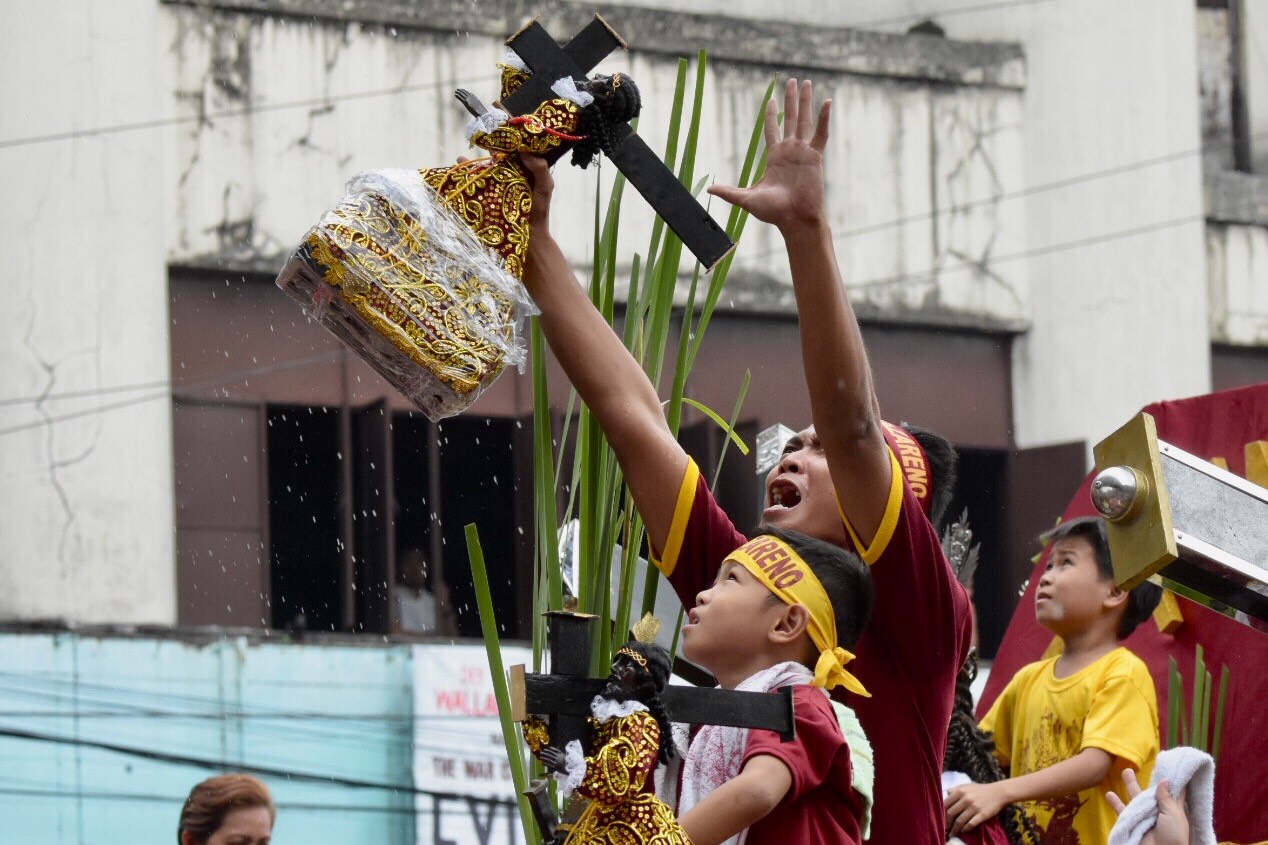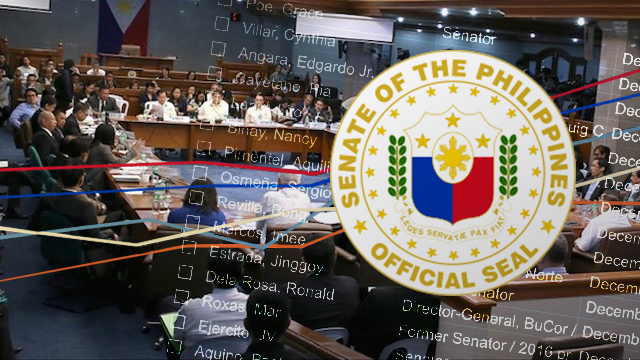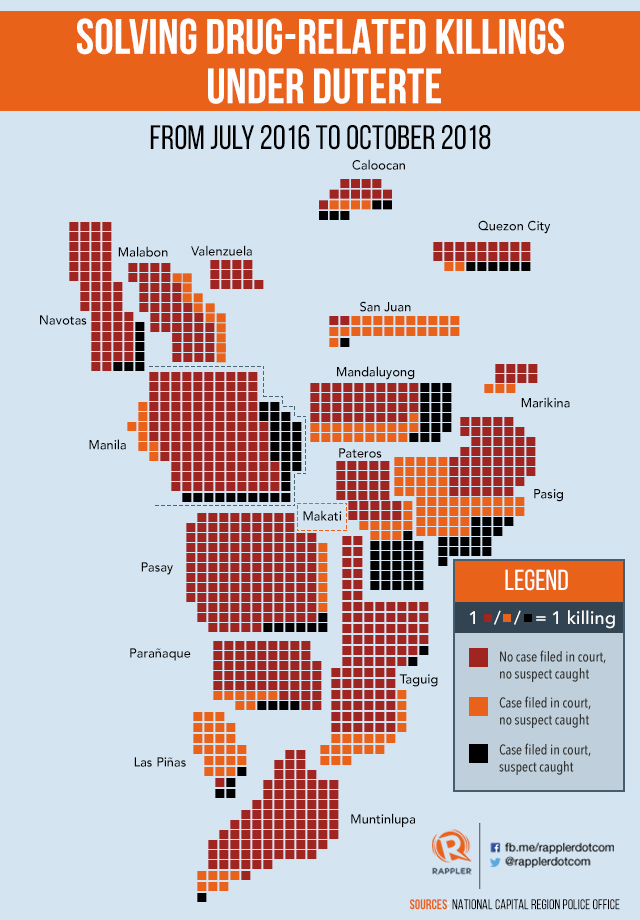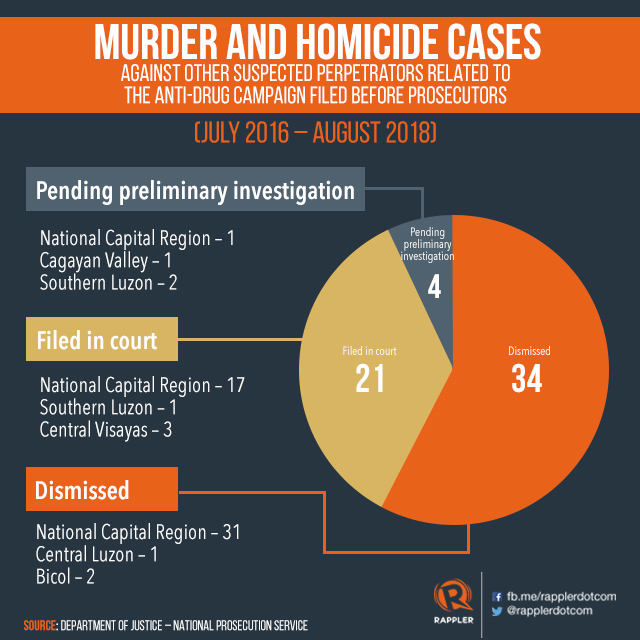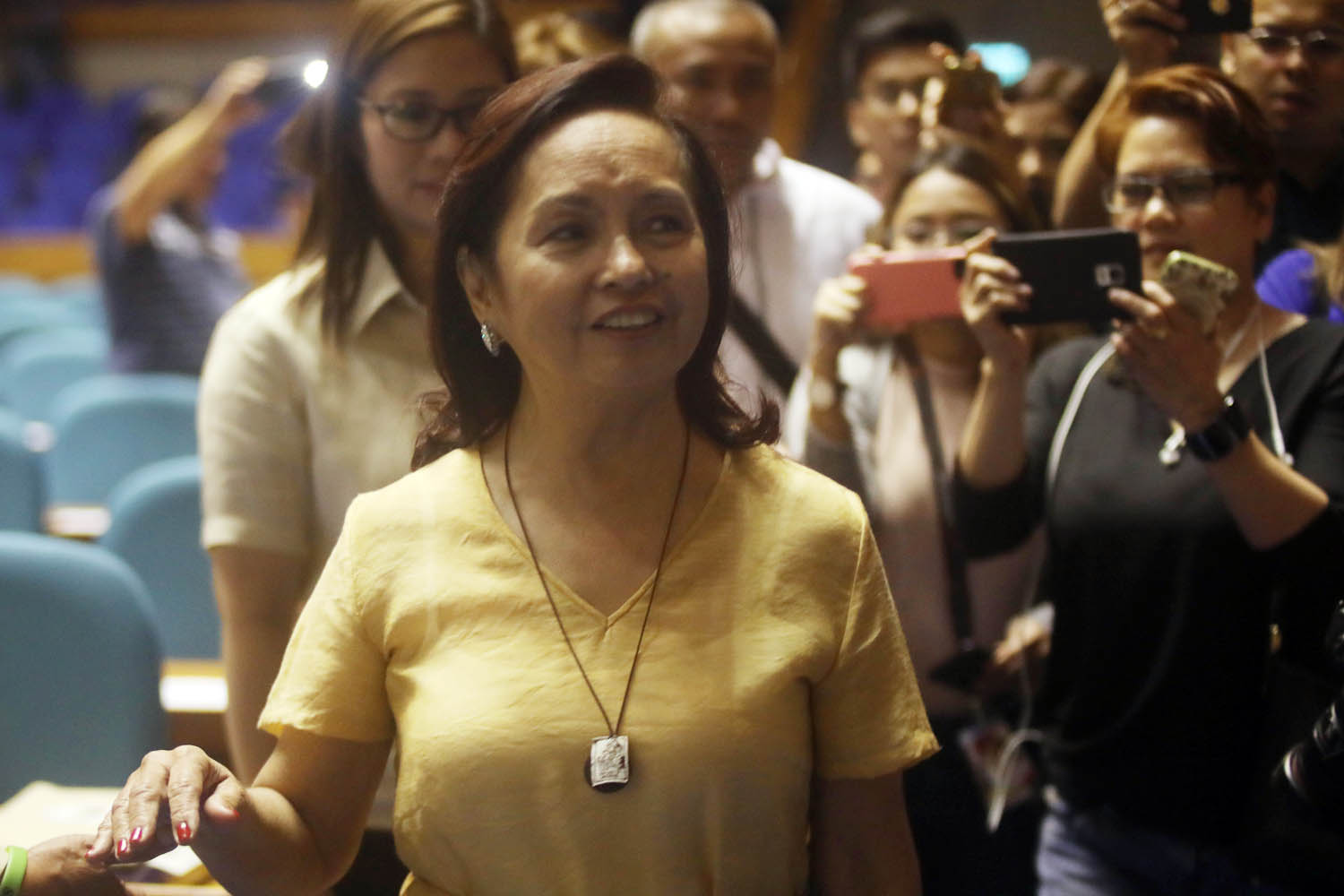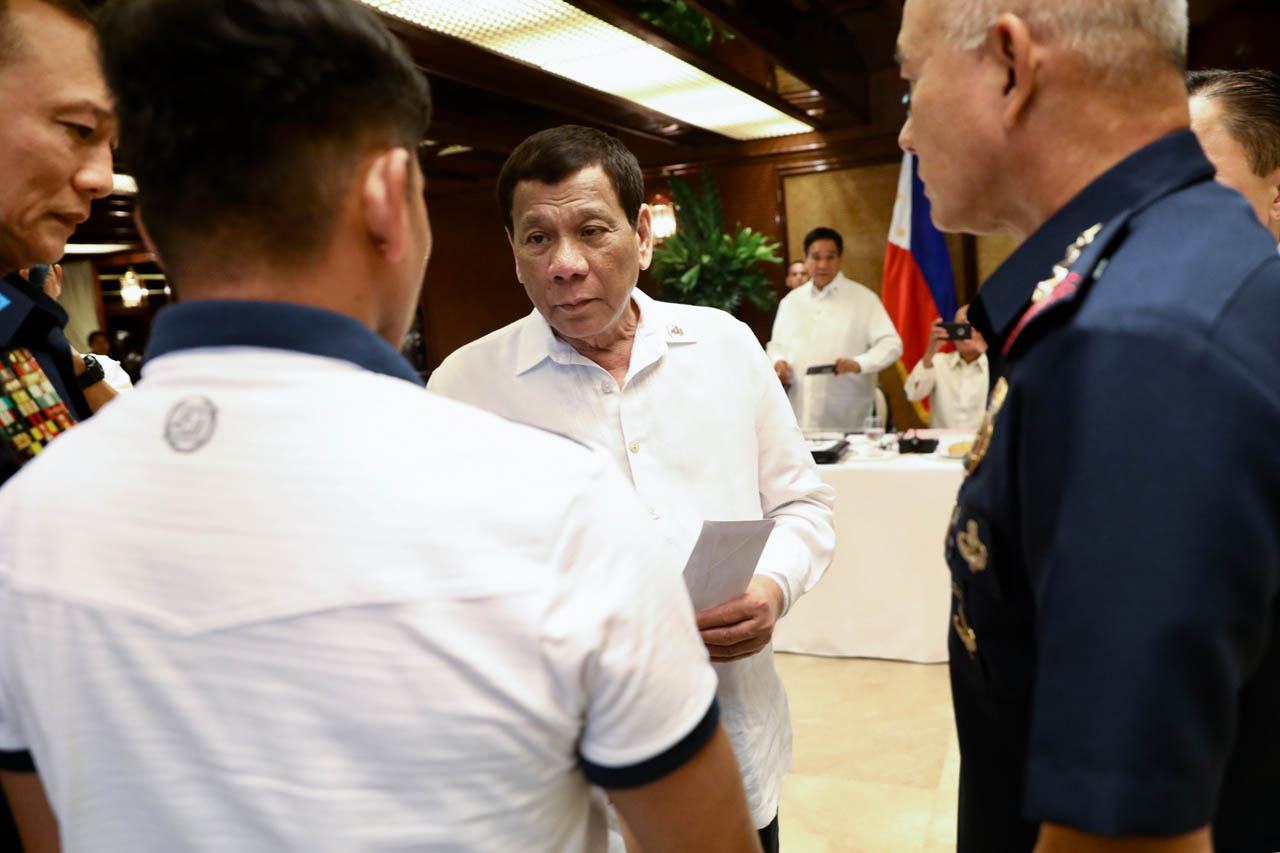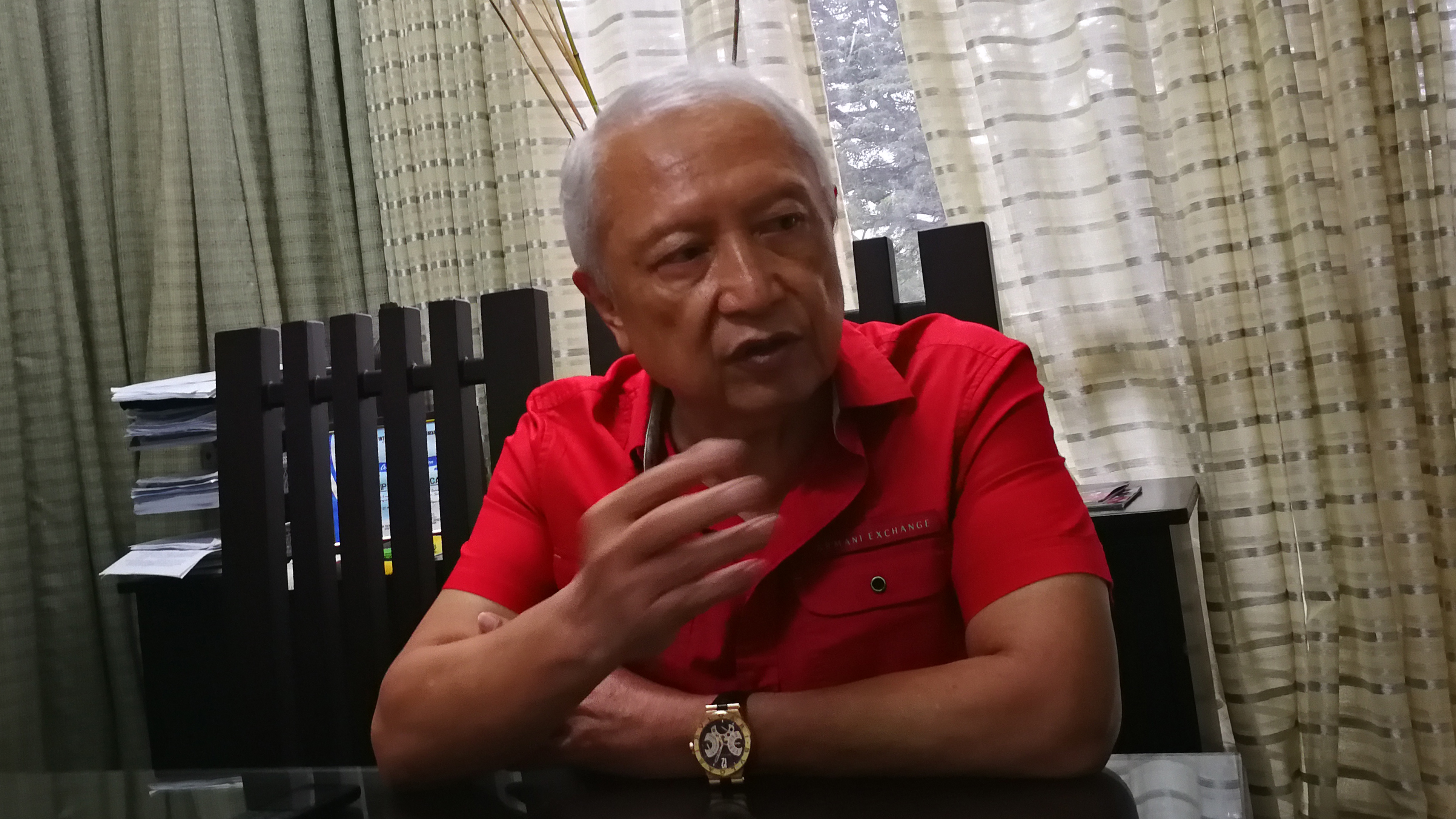
MANILA, Philippines – All the suspects in the killing of AKO Bicol Representative Rodel Batocabe are already under police custody except the most powerful one: Daraga Mayor Carlwyn Baldo.
He has been pinned as a central figure in the December 22, 2018 assassination of Batocabe.
A confessed killer, as well as accused conspirators, are saying that Baldo masterminded the murder, allegedly promising them millions and a steady livelihood after the kill.
In a quickly organized press conference on Thursday, January 3, Baldo asserted his innocence and branded himself as a "scapegoat" for the crime.
"I assert my innocence. Let us not forget that while I am being used as a convenient scapegoat, those who are truly responsible for the crime remain free and blameless," Baldo said in the press conference after being publicly accused by the police.
Instead of rebutting the accusations against him, however, Baldo chose to remain silent.
His lawyers, he said, advised him against speaking in public until he has read the double murder and multiple frustrated homicide complaints filed against him.
Last December 24, or two days after Batocabe's murder, Baldo said he was "saddened by the loss of a good man, a dedicated public servant, and a worthy opponent in the coming May 2019 elections."
Based on his background, it is easy to see why cops point to him as a possible culprit. But who is he?
Veteran politician
Carlwyn "Awin" Baldo is, by all means, an experienced politician.
He hails from the Baldo political clan of Camalig, Albay, where his sister, Maria Ahrdail Baldo, serves as mayor, and his brother, Carlos Irwin Jr, sits next to her as the vice mayor.
Baldo first entered the political arena in 2007, when he won a 2nd district seat in the Albay provincial board.
After trying his hand at provincial legislation, Baldo ran for Daraga mayor in 2010, but lost to Gerry Jaucian.
He ran again in 2013, only to be defeated again by Jaucian.
He ended his losing streak in 2016, when he ran in the vice mayoralty race in Daraga, beating the town's reelectionist vice mayor then, Carlos Baylon. Jaucian won his 3rd term for mayor the same year.
Baldo served as vice mayor of Daraga until May 2018, when 70-year-old Jaucian died from lung cancer.
He aspired to keep the mayoral post longer by running for reelection in 2019 under Lakas-CMD, which already dropped him as its mayoral candidate after police implicated him in Batocabe's killing.
He was set to run against Batocabe, who was supported by the National Union Party, and PDP-Laban bet Victor Perete.
Outside politics, Baldo and his family manage the mining firm Lima Coal Development Corporation. The mining company operates in Batan Island in Albay – located across the coast of Legazpi City – and sells its coal in a Quezon province coal powerplant.
Curiously, Baldo was named the company's president as of December 31, 2017, despite holding public office. According to the Department of Energy's list of accredited coal traders, Baldo was supposed to complete his term on May 30, 2018.
It is unclear whether he dropped the post after he became mayor following Jaucian's death.
Mastermind?
According to one of the alleged gunmen, the desire to keep Daraga's highest post longer is the reason why Baldo allegedly orchestrated the killing of Batocabe.
"Ang gusto ni Mayor Awin Baldo siya ang permanente na umupo sa Daraga (What Mayor Baldo wants is to permanently sit in Daraga)," said self-confessed gunman Henry Yuson in a press conference on Friday, January 4.
The kill team, Yuson said, backed Baldo because the mayor supposedly promised them livelihood if he gets reelected. The PNP earlier claimed that most, if not all, members of the assassination team were employed as "confidential staff" under the payroll of Baldo's public office.
Baldo allegedly offered his biggest payment for the life of Batocabe, supposedly promising P5 million for the kill.
Baldo also allegedly paid an initial P250,000 for the ambush preparations, but he never paid the rest of the balance.
This led to the suspects double-crossing their alleged boss. The PNP is currently compiling sworn statements from all the suspects. According to sources, the suspects-turned-witnesses all say Baldo ordered the kill.
Aside from the risk of jail, Baldo is facing a suspension threat. The Department of the Interior and Local Government is already preparing administrative cases against him over the killing.
Will he speak out anytime soon? – with a report from Rhaydz Barcia/Rappler.com

